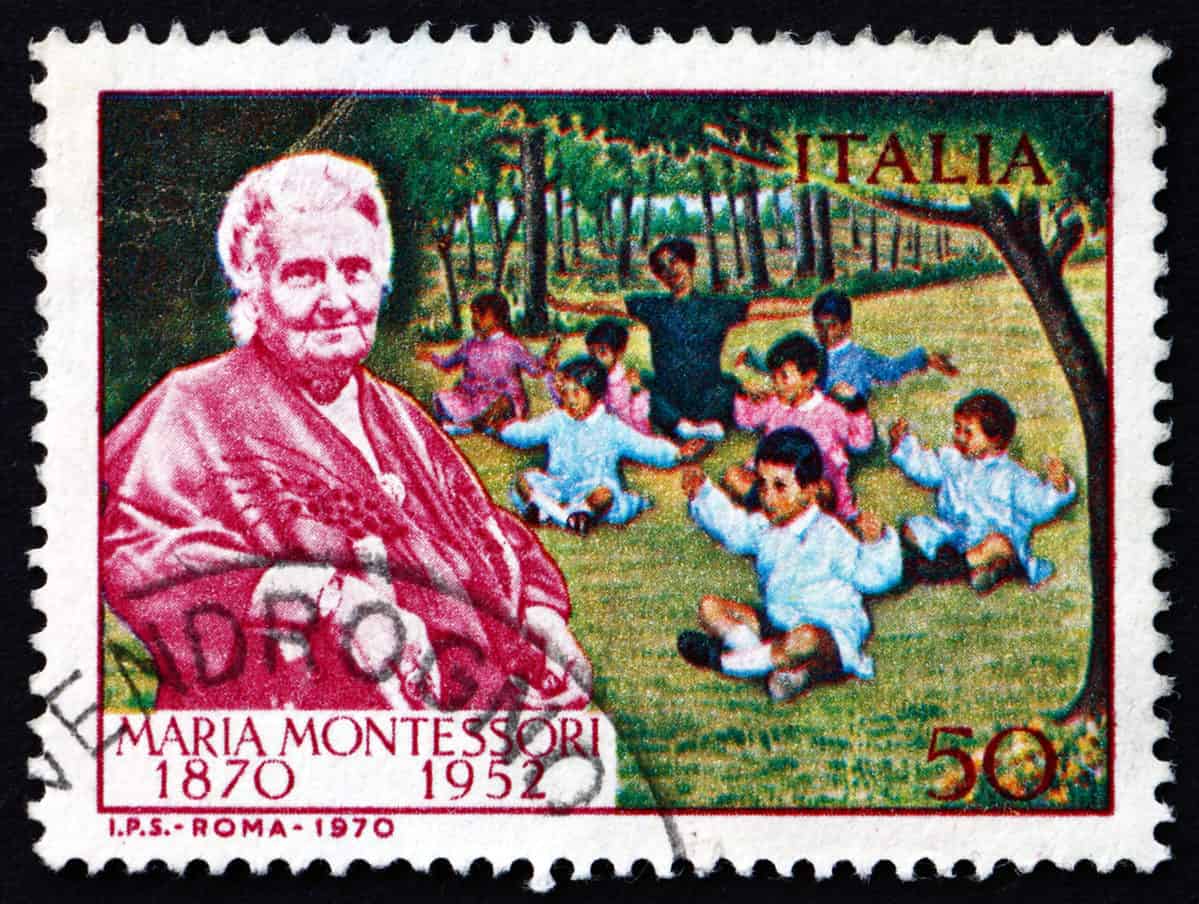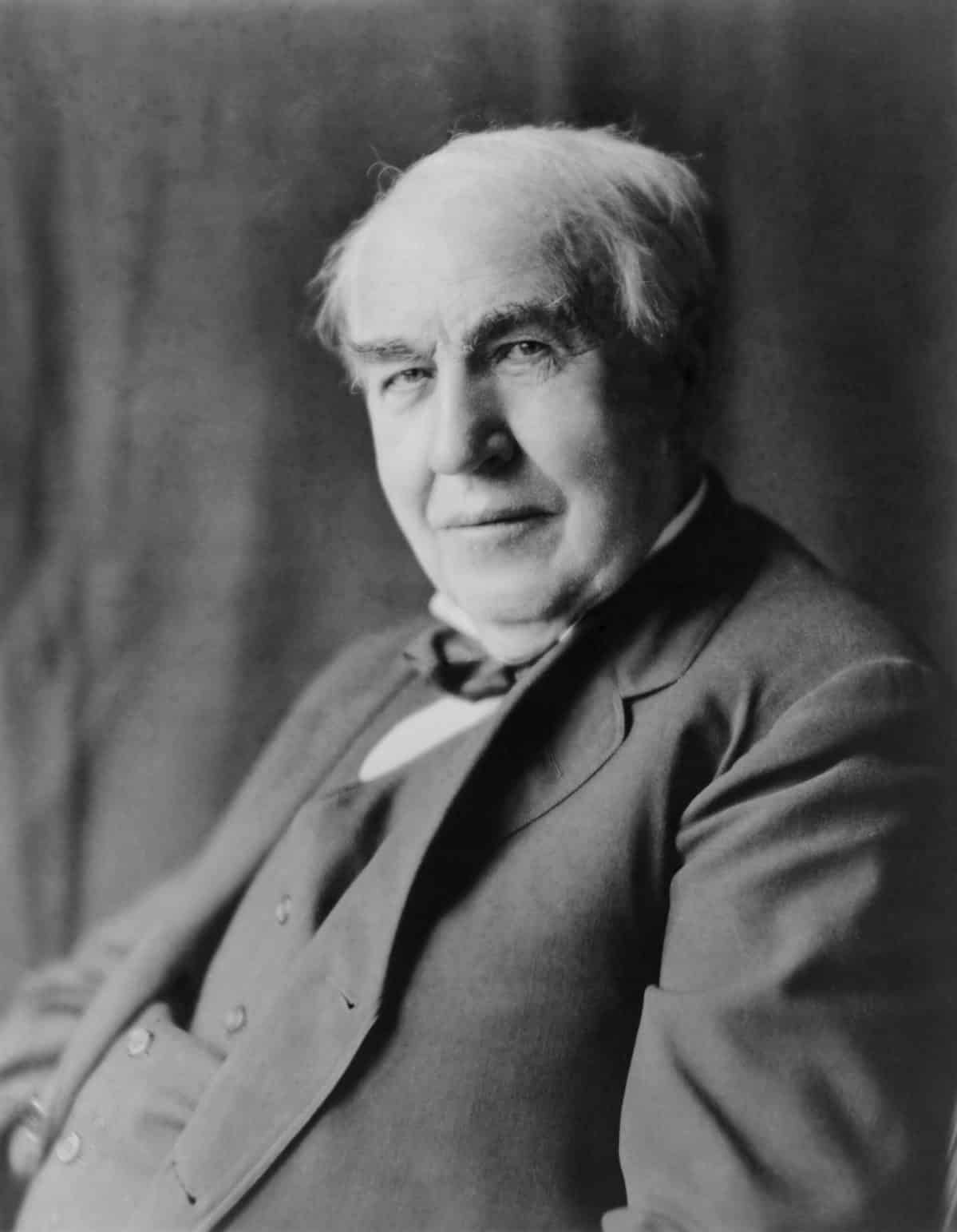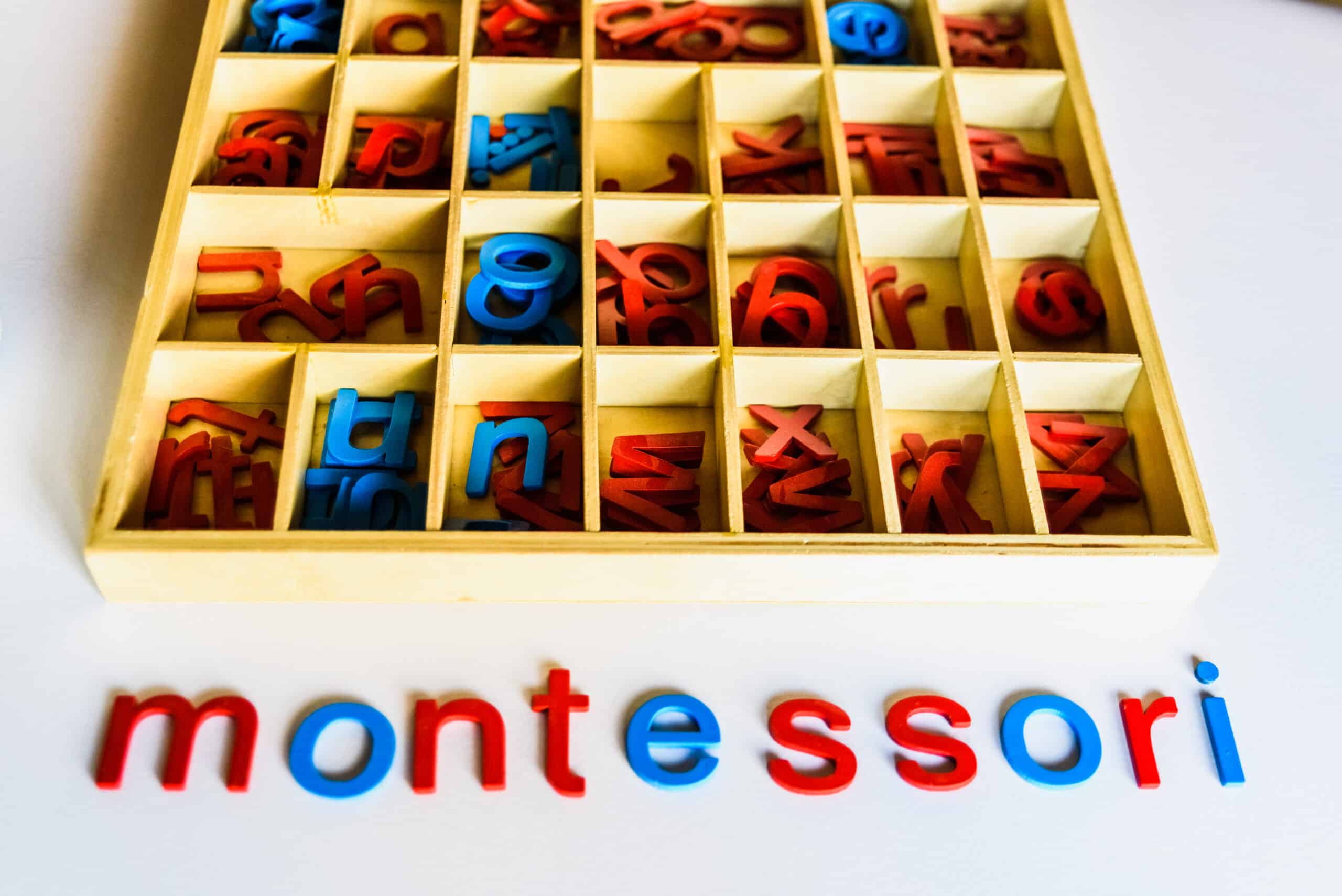The American Montessori Society is a non-profit organization. The Society, founded in 1960, promotes Montessori education in the United States. The American Montessori Society provides training and resources for teachers, as well as accreditation for Montessori schools. Additionally, it advocates for Montessori education at the national level. The Society serves as a liaison between Montessori educators and the broader education community. Keep reading for a more in-depth look at the American Montessori Society.
Key Points
- The American Montessori Society can trace its origins back to 1913 when a group of parents came together to practice the theory of Maria Montessori.
- Today, the AMS provides resources for teachers and parents interested in the Montessori style of education and parenting.
- Teachers wishing to educate in the Montessori style can receive accreditation from the AMS.
Montessori Education: A Brief Overview
The Montessori Method is based on an educational philosophy conceived by Maria Montessori (1870-1952). Montessori, an Italian physician and educator developed the approach in the early 20th century. Montessori is one of the most influential figures in education of the 20th century. Her model for educating young children continues to grow and expand across the globe. From her humble start with one class of children in 1907, her method is now taught in over 20,000 schools. The United States is home to approximately 5000 Montessori schools.

©Boris15/Shutterstock.com
The Montessori Method emphasizes respect for the child. The model also believes that children are capable of teaching themselves as well as other children. The role of the teacher is as a guide rather than a traditional authority figure. Montessori classrooms are typically multi-age and child-centered. Children in Montessori classrooms are given the time to explore so that they can experience those aha! moments of self-discovery.

The role of the teacher is as a guide rather than a traditional authority figure.
©Monkey Business Images/Shutterstock.com
American Montessori Society: Roots
The Montessori Educational Association, the forerunner to the American Montessori Society, was founded in 1913. After Maria Montessori visited the United States to promote her method of educating young children, a group of educators and parents who were interested in the Montessori method of education, joined together to form the group. They were invested in spreading Dr. Montessori’s model throughout the United States. Early members and leaders of The Montessori Educational Association include the inventors Alexander Graham Bell and Thomas Edison, who are credited with the invention of the telephone and the incandescent light bulb, respectively.

Thomas Edison, credited with inventing the incandescent light bulb was an early proponent of Montessori education.
©Everett Collection/Shutterstock.com
The early days of the organization were focused on promoting the Montessori method in the United States and building a network of Montessori schools and teachers. The Association developed teacher training programs and published materials to support the use of the Montessori method in American classrooms. Despite initial resistance from traditional educators, The Montessori Educational Association and the Montessori method gained popularity over time. Today Montessori remains one of the fastest-growing education models on the planet.

Montessori remains one of the fastest-growing education models on the planet.
©Monkey Business Images/Shutterstock.com
The American Montessori Society
The present-day American Montessori Society continues to provide valuable resources for educators and parents. Training and professional development opportunities, publishing informational materials, and supporting the establishment and operation of Montessori schools, are some of the ways the Society supports its members. The American Montessori Society is also the accrediting body for Montessori schools. Accreditation is a rigorous process that ensures that schools meet the highest standards of quality and integrity.

Each Montessori school must meet specific standards and guidelines in order to be accredited.
©Kostikova Natalia/Shutterstock.com
Montessori schools can be accredited by the American Montessori Society or the Montessori Accreditation Council for Teacher Education. Each Montessori school must meet these organizations' specific standards and guidelines in order to be accredited. Additionally, some states have their own accreditation processes for Montessori schools. Accreditation typically involves a self-study by the school, on-site evaluations, and ongoing monitoring to ensure that the school is meeting the accrediting body's standards.
The Montessori Association Internationale
For edification and disambiguation, the Montessori Association Internationale is a separate non-profit organization that promotes the Montessori method of education internationally. The Montessori Association Internationale was founded by Maria Montessori and her son, Mario, in 1929 in an effort to establish standards for the schools that would bear her name. She wished to insure that her legacy remained true to her vision of child-directed education. The Montessori Association Internationale continues to promote the Montessori education method by providing teacher training and accreditation for Montessori teachers and administrators around the world.
The American Montessori Society: Present
The American Montessori Society has a strong advocacy role in promoting Montessori education and its philosophy to the wider education community and government. They provide information and research on the benefits of Montessori education and work to include Montessori education in the broader national education conversation.
According to the American Montessori Society, Montessori education engenders independence and self-motivation in students. Montessori classrooms are designed to allow children the freedom to explore and learn at their own pace. The Montessori model ignites a child’s curiosity and a love of learning. Montessori classrooms are stimulating and engaging, encouraging children to be curious and to love learning. Dr. Montessori’s model aids the development of problem-solving and critical-thinking skills.

The Montessori model ignites a child’s curiosity and a love of learning.
©Monkey Business Images/Shutterstock.com
Montessori Education: Benefits
Beyond the facts and figures of academics, Montessori education emphasizes social and emotional development. Montessori’s multi-age classrooms are tailor-made to encourage children to work together and to develop respect for themselves and others. Working together develops strong social and emotional bonds.
Montessori’s method relies on the unbridled creativity and imagination inherent in children. Classrooms are designed to take advantage of youthful enthusiasm. Montessori education focuses on the whole child, including their cognitive, social, emotional, and physical development, preparing children for the real world. Graduates credit the self-directed learning approach for creating confidence in themselves and their problem-solving abilities and their knack for thinking outside the box.

.
©Tinseltown/Shutterstock.com
Overall, the American Montessori Society is a valuable resource for those interested in Montessori education. The American Montessori Society supports educators and parents who wish to support their children. The society's mission is to promote excellence in Montessori education and to support the work of Montessori educators. The American Montessori Society provides a range of services including teacher training, accreditation, and advocacy efforts to support the Montessori community and ensure that children have access to high-quality Montessori education. Overall, the American Montessori Society plays a crucial role in the development and promotion of the Montessori method in the United States.
How Can I Contact the American Montessori Society?
The American Montessori Society's phone number is 212-358-1250. If you prefer to contact them via e-mail, you can reach them at [email protected]. They also have social media accounts on Facebook, Twitter, Instagram, YouTube, and LinkedIn, but you'll likely get better results contacting them via phone or e-mail.
The image featured at the top of this post is ©Joaquin Corbalan P/Shutterstock.com
